“I am only one, but I am one. I cannot do everything, but I can do something. And I will not let what I cannot do interfere with what I can do.” - Edward Everett Hale
I have grown quite fond of some of the Pere Marquette River tributaries in Northern Michigan. They boast unblemished sandy clay banks kissed by the morning sun. The pristine aquamarine waters ripple leisurely, while plentiful trout populations meander among fallen wood and small boulders.
Yet even off of the main, more traveled stretch of the famous trout stream, I inevitably run into the negative impacts of fishermen (which as a fly fisherman I like to try to point out are 95% of the time from heavy tackle, treble-hooking, spinning-rod fisherman - although I don’t have the data to back that claim). However, what I saw this time wasn’t the typical 6 inch lure I find for those other guys attempting to catch an overly-ambitious 13 inch brown trout. It was different this time.
Optimism in a Distraught Environment
In the embrace of narrow branches on an overhanging juvenile maple tree, a recently perished kingfisher found its final refuge. Adorned with vibrant turquoise and mandarin colors along its breast, its feather-few body told the tale of a fateful encounter, where it mistook an artificial hex fly for a real one. What was thought to be a late afternoon snack for one of my favorite Michigan birds ended up being the result of its own demise. The kingfisher was wrapped around an arm’s length of tippet with the Hex fly near its beak. What was a beautiful Labor Day morning in my favorite place to unwind from the chaos of humanity was a stark reminder that even doing something as harmless as fly fishing on a strict catch and release basis can have its own negative effects.

To avoid being too disturbed, I justified this in my own mind by pointing out that I hadn’t fished any Hex’s since much earlier in the summer and I hadn’t used ones that big at any point on this river. But that didn’t help all that much. It cast a shadow over the remainder of my fishing trip, serving as a poignant reminder to be more diligent in mitigating any mistakes on the river. Was I contributing to the issue? Why am I even out here right now? Easy rabbit hole to go down in my mind.
I firmly believe that environmentalism and optimism are intertwined, especially for someone striving to drive change in the business world, where the garment industry carries its own ecological burdens. This has been a constant theme in the attempts at scaling Oshki into more business sectors, a wider product offering, and trying to push the importance of caring for the planet, particularly the Great Lakes. It’s tempting to succumb to the pessimism that surrounds us, to hear a thousand voices proclaiming why our efforts won’t succeed, why individual actions amount to nothing in a seemingly broken system.
Oshki Sourcing Takeaways
It has now been around 7 months that I have been doing Oshki as my full time job. I graduated from the University of Michigan last year and I am fortunate enough to be doing what I love, but that certainly does not mean that it is easy. As I scale the Oshki brand, I’ve learned more and more about just how dirty of an industry apparel is.
A big focus of mine is trying to expand our organic materials offering to customers. Sourcing US organic cotton often involves a lengthy voyage, with bales shipped from the US to the distant Southeast Asian shores. This seemingly convoluted route is taken to trim expenses while still claiming the elusive mantle of ‘sustainability’ in the world of fashion. As a relatively small player in this vast industry, its challenging to envision the kind of significant impact we aspire to make. Yet, it’s precisely this challenge that fuels my commitment to this cause. Something most of my peers wouldn’t have enough optimism to do (and probably lots of other sane people).
The same goes with the process of turning US plastics into rPET. Our current process is working with a larger rPET producer (one of only two in the US that I know of) to use exclusively 100% US plastic waste into our performance apparel. We contribute to that waste stream by sending plastics collected in Oshki beach cleanups to partnered recycling centers the rPET producer purchases from. Personally, I see rPET as a step in the road to a more biodegradable recycled material without the negative impacts of microplastics (as I talk about here). It is undoubtedly better than the production of virgin polyester, but has its issues (the unfortunate reality of this industry is everything does).
Circular Economy Focus in the Great Lakes Region
My immediate focus is localizing this chain as much as I can. It’s a tall task but fortunately the amazing work of organizations such as Next Cycle, Goodwill of West Michigan, and Padnos make it feel like less of skyscraper. These sustainability focused organizations are working tirelessly to localize supply chains in recycling and innovating recycled materials. I recently was fortunate enough to be a part of Michigan NPR’s article Whats being done about plastic trash getting into the Great Lakes? - which touches on everything worked on regarding microplastics in the Great Lakes and beyond. It’s heartening to witness the rising awareness of microplastic issues on a statewide and national scale. I eagerly anticipate the potential policy and grand funding mechanisms that might spark meaningful change.
Circling back, it takes a village to make sizable change no doubt - but each villager within that village has to do their part. I think this analogy reigns especially true when it comes to Great Lakes plastic issues. Around 90% of Great Lakes plastics ends up on beaches because they don’t have the same tides and current systems that oceans do. You may see the pictures of the Great pacific garbage patches and think only oceans have these issues, but the spread out nature of Great Lakes plastic pollution makes the villager analogy especially relevant. Every community, every person, every organization must do their part.
In a world where waste infrastructure often encourages thoughtless disposal, its easy to forget the consequence of our actions. The truth is, we’ve reached a critical juncture where we must care. The sight of the lifeless kingfisher served as a poignant reminder of this reality. A stark illustration of how our seemingly insignificant actions can ripple through the environment in an age of instant gratification.






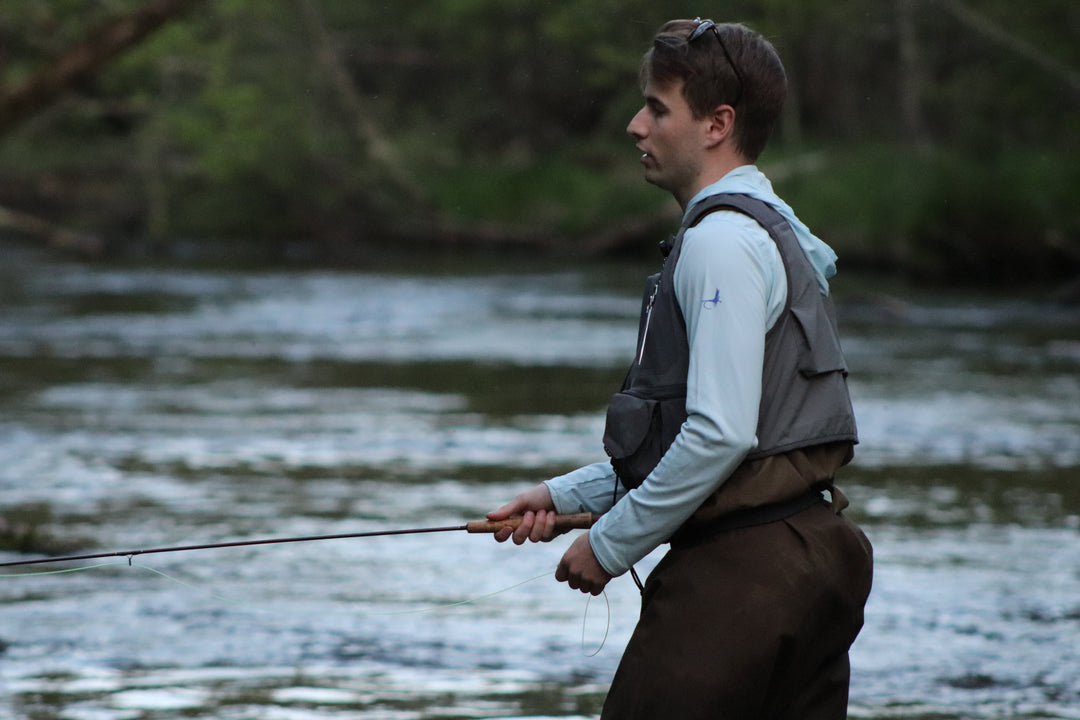
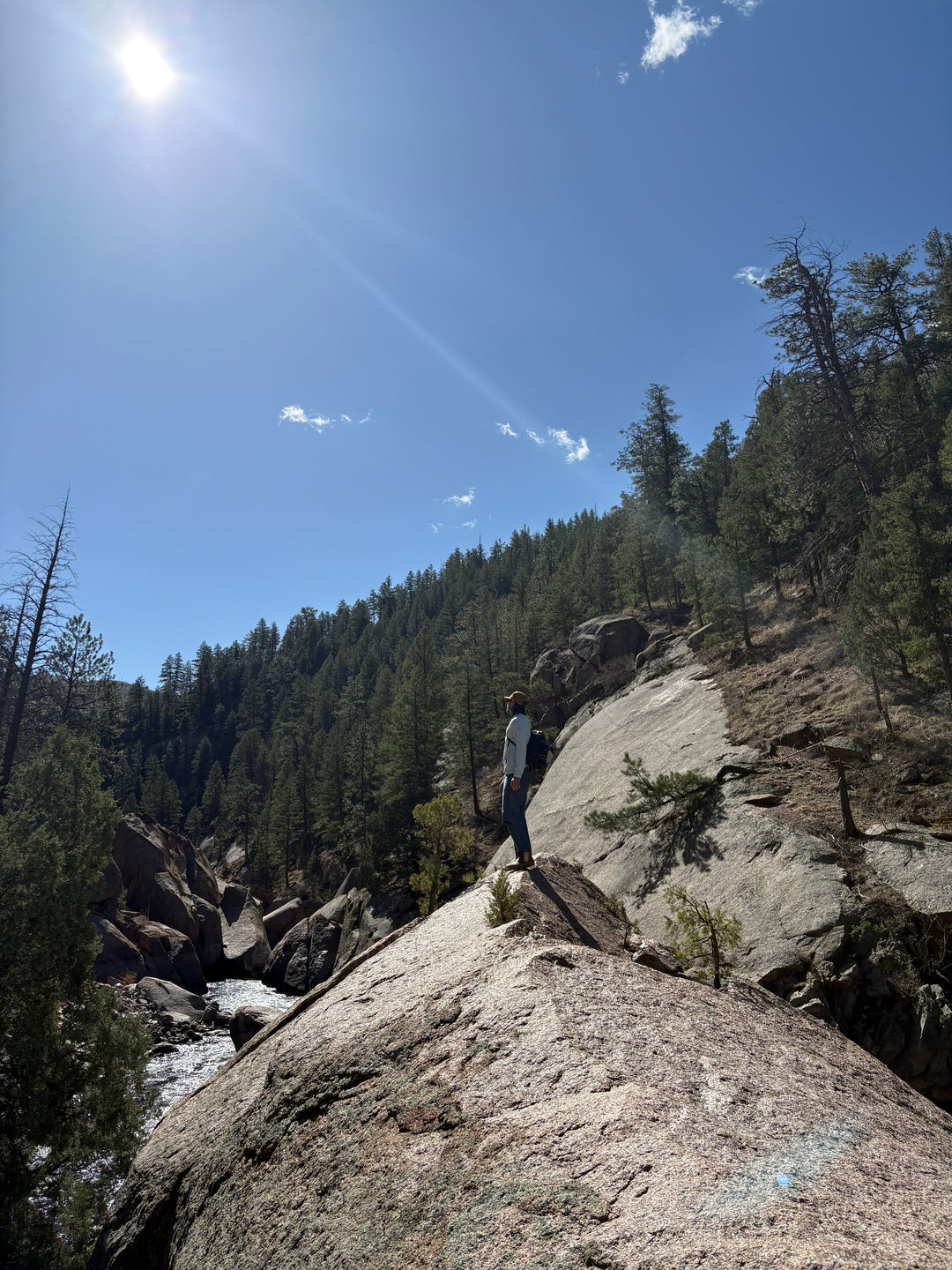
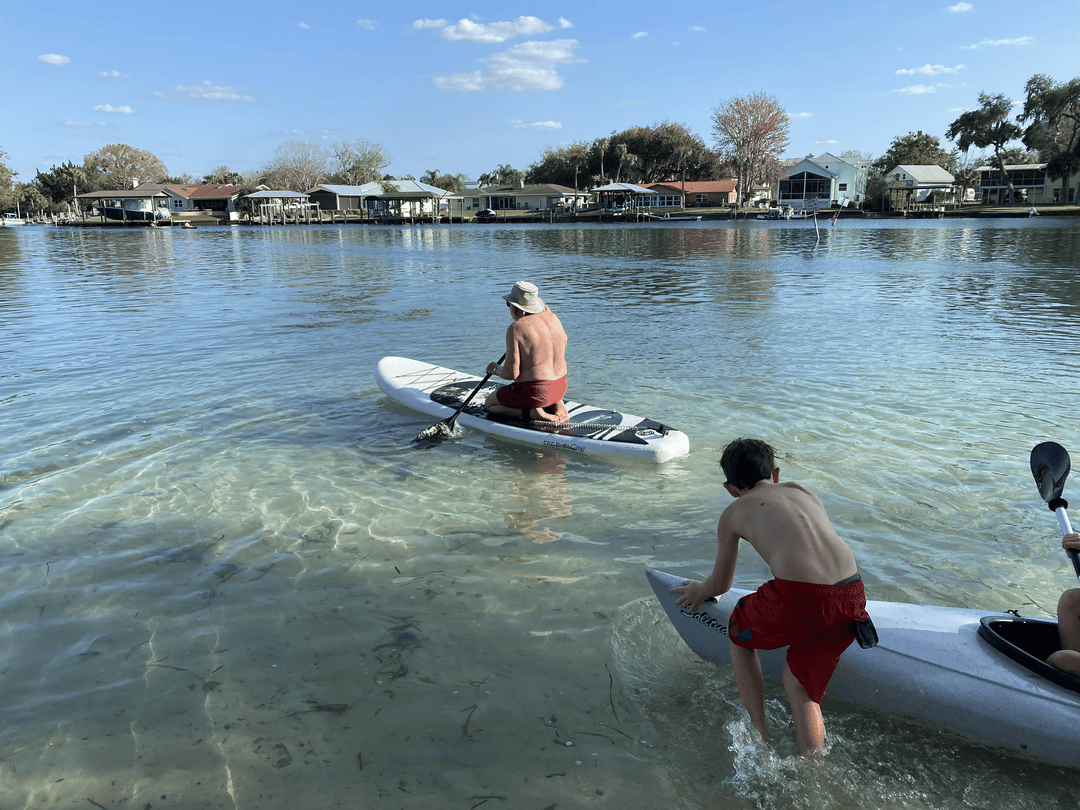
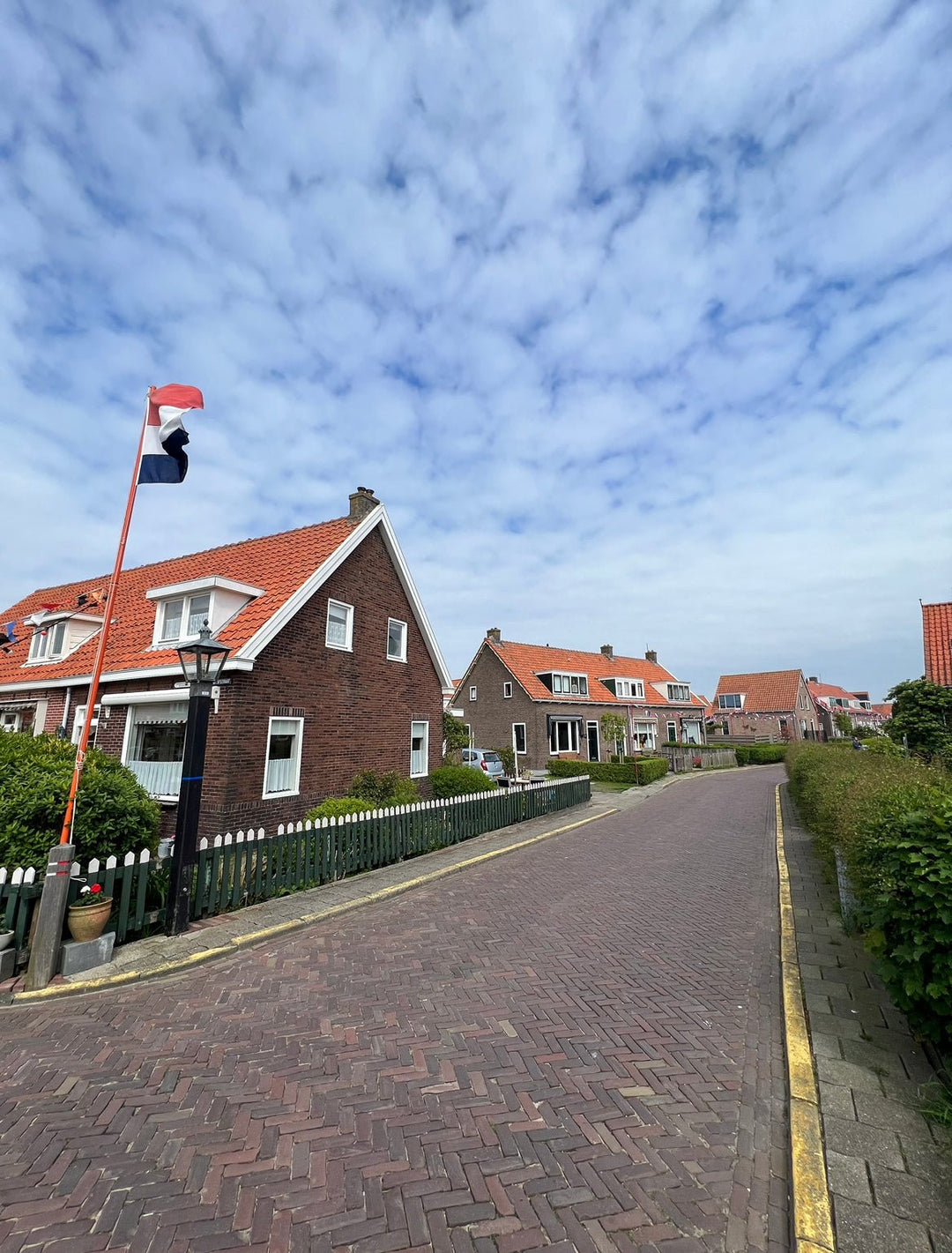
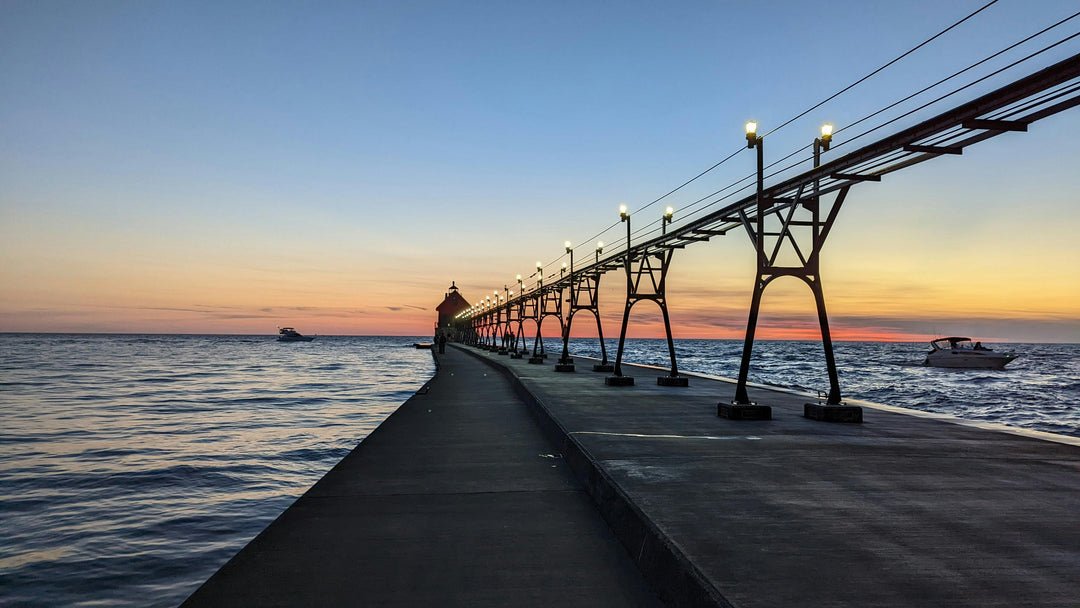
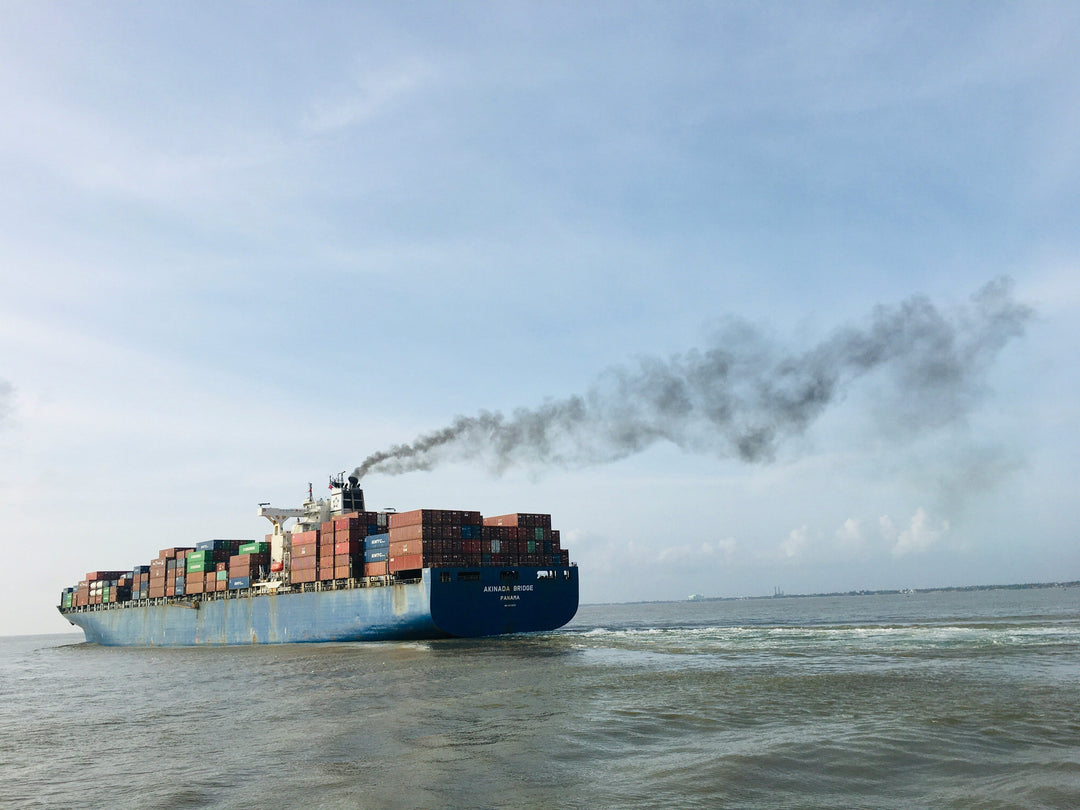
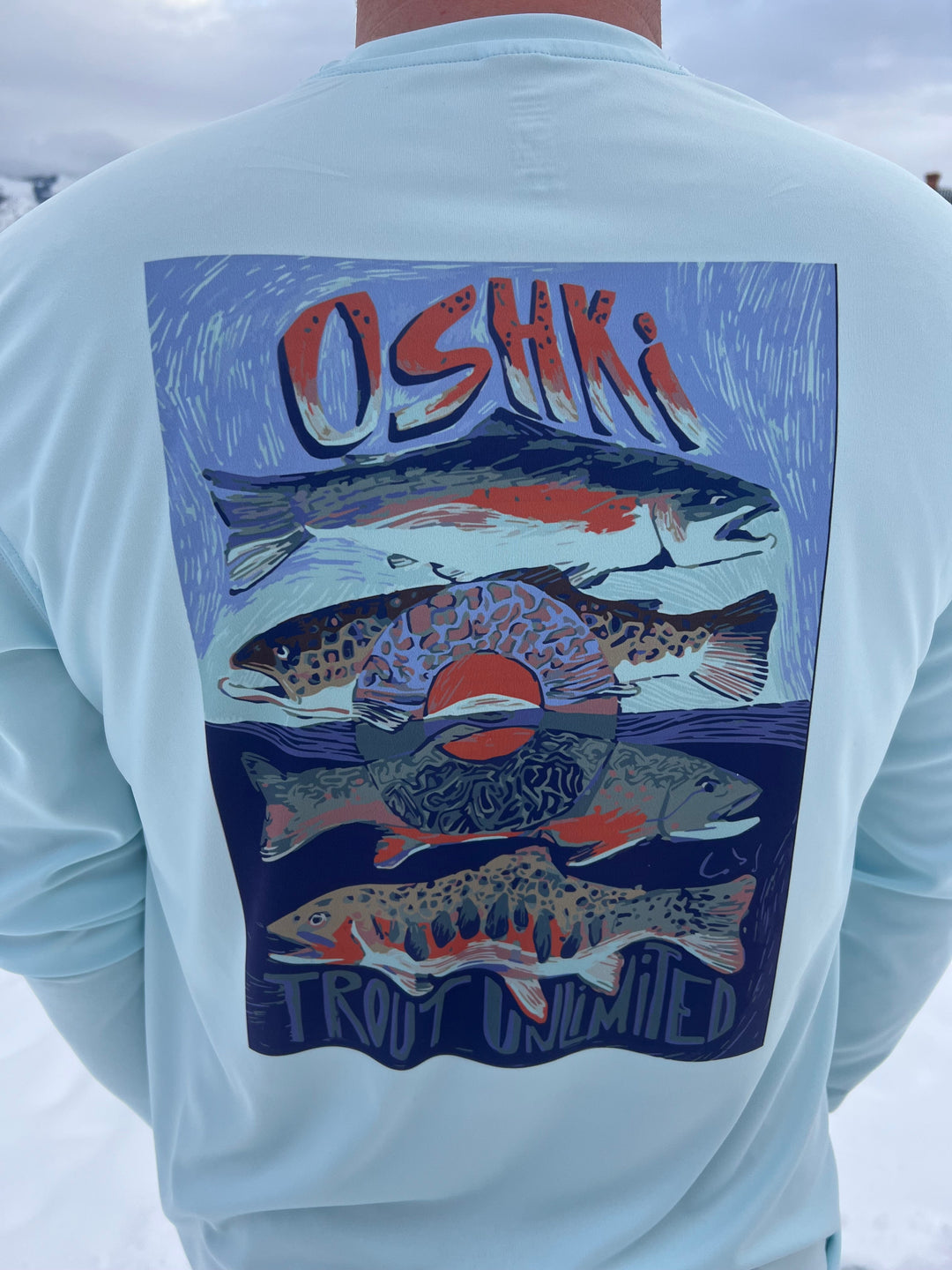
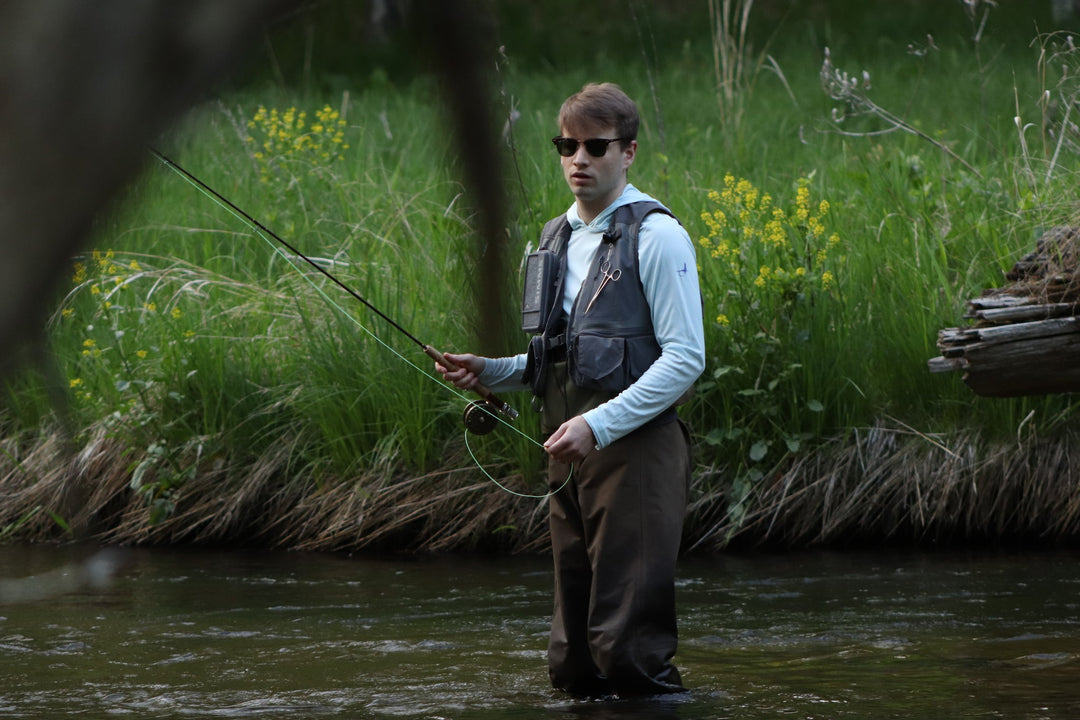

I really appreciate this post because the information is presented in a simple and organized way. It helped me understand the topic better and gave me useful insights.
asset murah
This post is very informative and easy to follow. I like how you explained the topic in a simple and clear way. It was a great read.
https://beritamantul.jimdosite.com/news/
Nicely captured and shared Jackson.
Thank you for this article. Informative and very well written.
Leave a comment